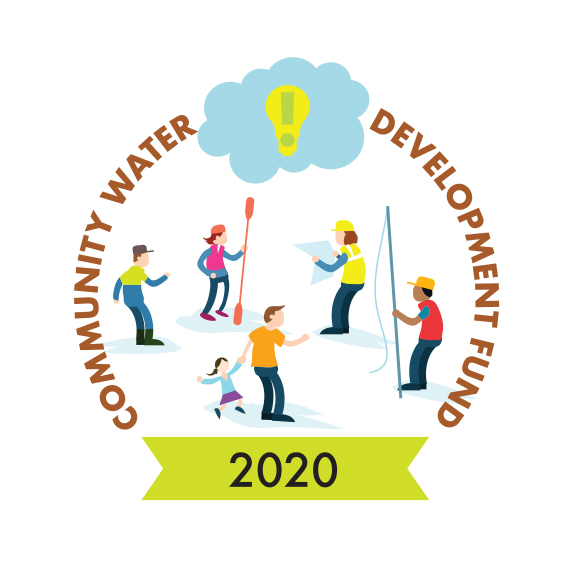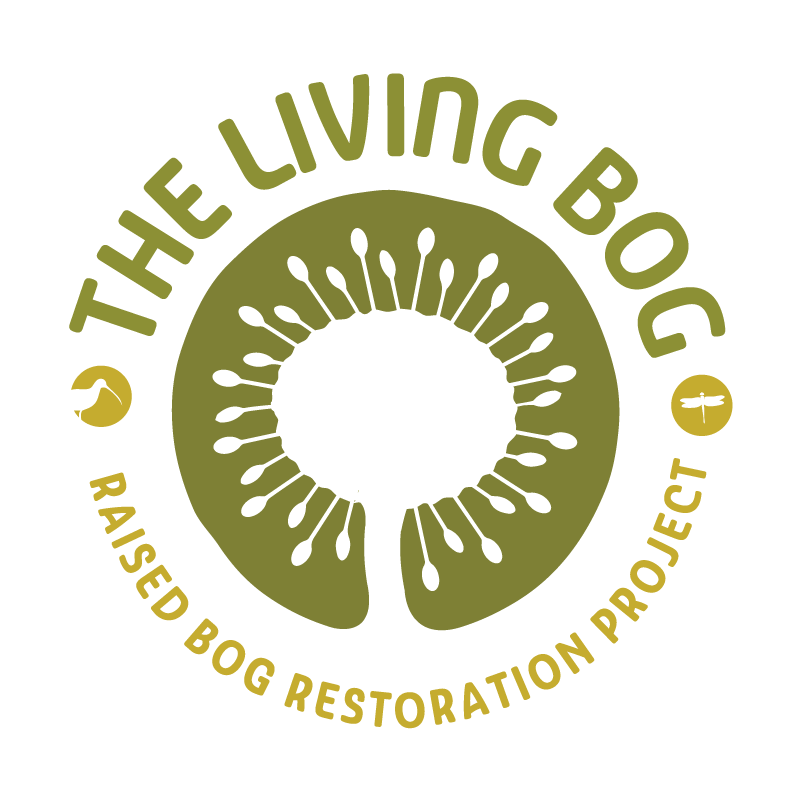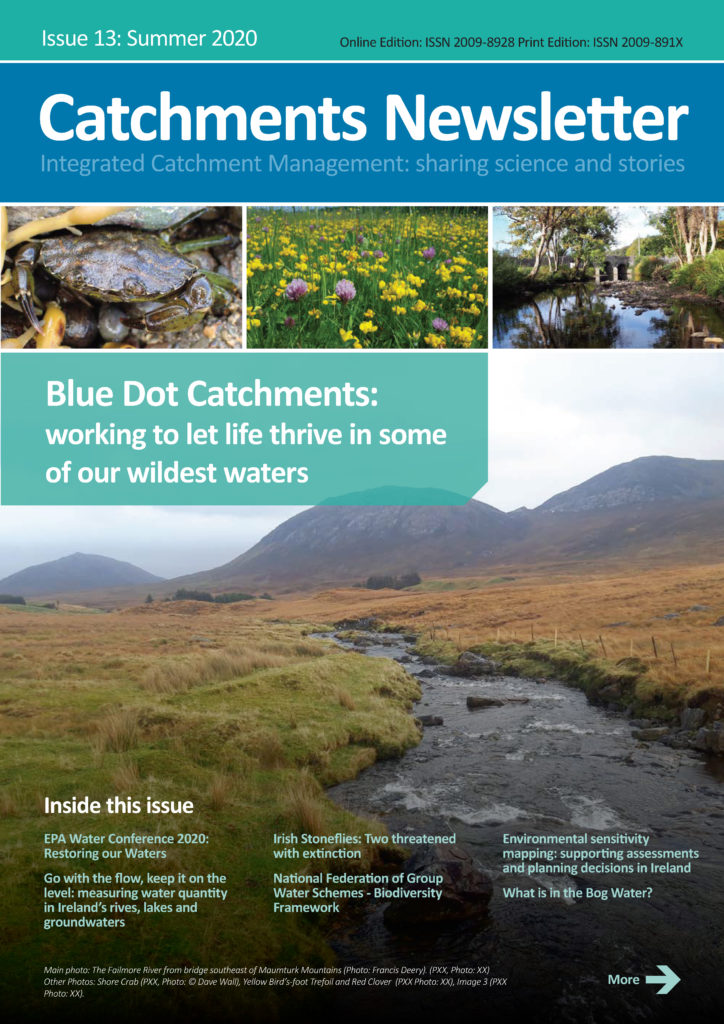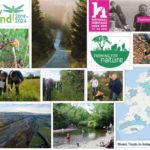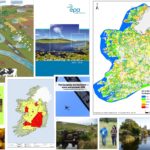The latest issue of the Catchments Newsletter is now available…
Catchments Newsletter, Issue 13 – Summer 2020.
The latest issue of the Catchments Newsletter is now available to download.
You can read the editorial from this issue below.
As always, we’ll be adding the stories from the Newsletter to the website over the next few months.
In this issue:
Waters and Communities News: Citizen science on our rocky shorelines; Nature on our Doorsteps; Stoneybatter’s water mural and pollinator plan; online community meetings; The LAWPRO Community Water Fund.
Articles: EPA Water Conference 2020; new Water Map and Chemistry downloads on catchments.ie; An Forum Usice on public involvement in decision making; measuring water flows and levels; stonefly threatened with extinction; Blue Dot Catchments; NFGWS Biodiversity Framework; Environmental Sensitivity Mapping; Natural Capital Accounting; The Living Bog’s water; The Flood of Venice.
Summer 2020 Editorial
The last few months have seen transformational changes in our ways of
working and living as we respond to the challenge of a global pandemic. The power of community and the willingness of people to act to help others has never been clearer. In the EPA Catchments Unit, we moved to remote working in a single afternoon on 12 March and have been doing so ever since. We’re collaborating remotely with our partner organisations and the work continues.
Data from the National Biodiversity Data Centre has shown that the lockdown allowed more people to observe and connect with their local environment. The three months of the Covid-19 lockdown have seen a remarkable increase in records submitted by citizen scientists; with April experiencing a 54% increase in the monthly number of records submitted; May a remarkable 70% increase; and June with a 66% increase despite the poor spell of weather. It is clear that people turned to recording and engaging with biodiversity in response to the Covid-19 lockdown.
Communities have continued looking after their environment around the country. On page 10, you can read how the Local Authority Waters Programme has moved to online meetings which has allowed them to continue their work with communities and allowed people to attend during lockdown while acknowledging online meetings can find it hard to match ‘active community engagement and networking – not forgetting the all-important cup of tea after a community meeting!’
Other stories give some ideas for what you can do and see in your local area – you can read about how you can get involved with shoreline citizen science (p.5), Nature on our Doorsteps (p.6) and find out more about a water-themed mural in Stoneybatter (p.8), and the 2020 Community Water Fund (p.12).
The community in Stoneybatter will also be drawing on the Community Water Development Fund to help install planters that gather rainwater from downpipes. This slows the flow of water to the Liffey and conserves water by using rain for pollinator-friendly plants – a great example of how to achieve multiple environmental benefits.
Accessibility of information and equity in decision-making leads to better involvement of communities in the management of our natural environment. On page 16 Gretta McCarron from An Fóram Uisce tells about the barriers to public involvement in decision making processes and governance of our waters, and what can be done to improve inclusion and equity.
The EPA hosted its first virtual water conference in June (see page 14). Over 1200 people attended from across local authorities, public bodies, academic institutes, environmental groups and members of the public. The topics discussed included the pressures on our water environment and the actions needed to protect and restore this essential resource. This year’s event had almost triple the attendance of previous years – showing clearly that virtual conferences can have a wider reach.
You can read about the new EPA Water Maps and the facility to download chemistry data on catchments.ie (p.14), how we measure the flow and levels of rivers, lakes and groundwater across Ireland (p.18), a new Environmental Sensitivity Mapping tool (p.26), and INCASE — a research project piloting Natural Capital Accounting in 4 catchments (p.28).
The latest Red List shows two Irish stoneflies are threatened with extinction (p.20). To help preserve water quality and the species that depend on it, the Blue Dots Catchments Programme is now working to let life thrive in some of our wildest waters (p.22).
On page 25, we have a story about how the National Federation of Group Water Schemes have developed a biodiversity framework for their sites. These community-owned sites are spread out around the country providing drinking water for their members. The aim is make them havens for wildlife like bees and insects across Ireland – another great example of multiple benefits.
On page 31 you can read about The Living Bog project and how the restoration and rewetting of 12 of Ireland’s unique raised bog SAC’s in seven counties is impacting on water in these bogs – more multiple benefits for these bogs, their biodiversity and water.

Finally, on page 34 we have a story from Italy on recent floods in Venice and how these are predicted to become more frequent as climate change impacts increase in future.
Scientific assessments are currently underway to update our understanding of the pressures impacting on our waters, and the reasons why water quality has declined. This will provide the evidence base to underpin the programme of measures in the third cycle river basin management plan which will run from 2022 to 2027. The draft plan is due to be published at the end of 2020 for public consultation.
The second cycle has seen great engagement and collaboration across the water sector, public bodies and communities – we now need to focus on implementation and outcomes to halt the decline in water quality and restore our waterbodies to good condition, while making sure we maximise multiple benefits for biodiversity and climate as well. The third cycle River Basin Management Plan for 2022-2027 will be a key tool to drive this process, so we would encourage everyone to get involved.
Jenny Deakin and Paddy Morris, EPA Catchment Science and Management Unit





